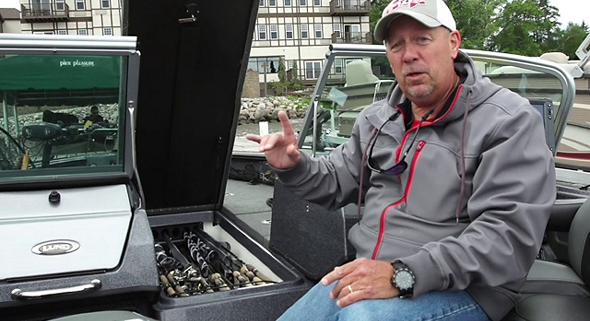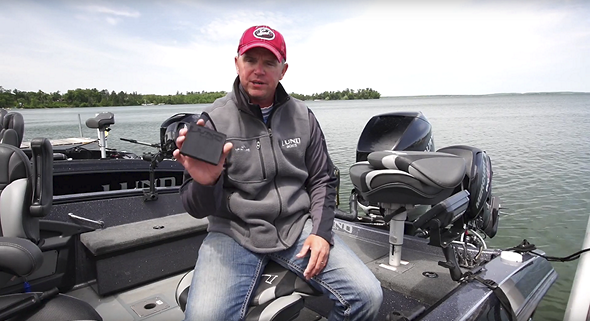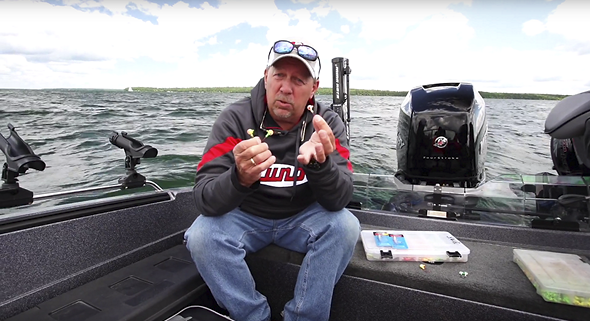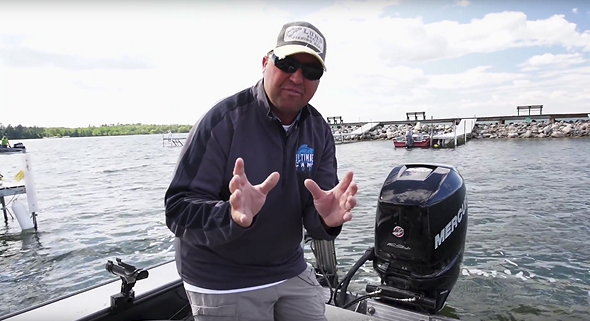6 Musky Fishing Tips For Beginners
If you’re looking for advice on tackle, tactics and tools to get into musky fishing, the following tips from Jeff Andersen are a great place to start.
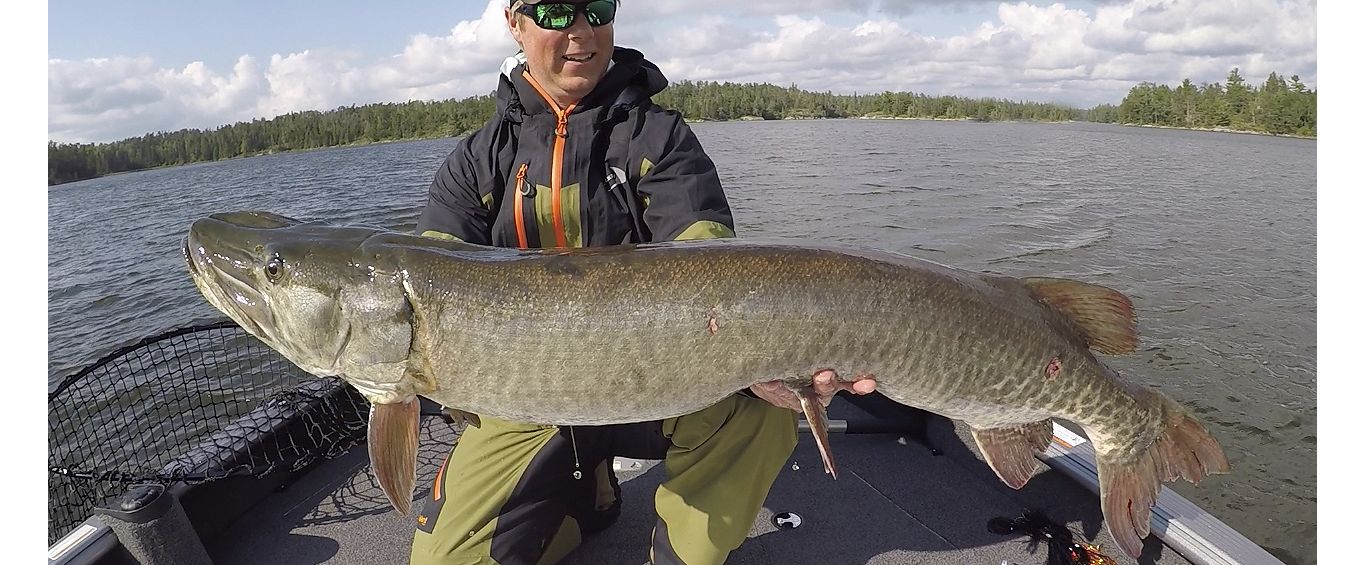
For over 20 years Jeff Andersen, a Lund Boats pro and Minnesota fishing guide (www.leisureoutdooradventures.com), has been helping anglers learn how to catch musky. If you’re looking for advice on tackle, tactics and tools to get into musky fishing, the following tips from Andersen are a great place to start.
Casting Equipment
Using the right rod, reel and line is critical for making proper presentations with heavy musky baits. Andersen recommends a 9’ heavy or extra-heavy casting rod, like a Fenwick Elite Predator, and a quality musky baitcast reel, featuring a robust drag system, a good weight system and a fast gear ratio, such as Abu Garcia’s Revo Beast. Complete the set-up with 80-pound braided line and a 180-pound fluorocarbon leader.
Baits For Beginners
It’s a good idea to own a variety of musky lures. Here are some of Andersen’s go-to baits.
Bucktail inline spinners are reliable and easy to fish. Andersen catches early-season musky from shallow bays ripe with coontail on small inlines (size 8 blades). In July and August, larger bucktails consistency hook musky from 7 to 10 foot cabbage beds and shallow, rock structures.
Watching a musky explode on your topwater is a thrill not to be missed. Prop-style topwaters and large buzzbaits, like Bigtooth’s Klack Bait, work well for Andersen when musky cruise shallow sand in September.
Casting jerkbaits, twitchbaits and crankbaits will also put musky in your Lund Boat. Try them around cabbage, rocky reefs and points close to deep water.
Big swimbaits, like the Reaction Innovation’s Bulldawg and Chaos Tackle Medussa, are must-haves. In late fall, casting swimbaits around steep edges and points in 10 to 18 feet for musky feeding on ciscos is a reliable strategy.
Work The Grid
When casting a structure, Andersen suggests visually dividing the area into a grid in order to methodically cover water. He calls this “working the grid”. The goal is for each cast to land approximately five feet over from the previous cast. The strategy prevents bypassing spots, maintains an efficient pace and, subsequently, puts more musky in the boat.
Tip: Polarized glasses helps you see better into the water.
Stay Back
As a general rule, keep your Lund Boat a fair distance from the structure you’re fishing to prevent alerting musky of your presence. Andersen regularly uses his Minn Kota trolling motor to maintain proper boat position and a steady pace when casting structure. But, when musky are feeding around shallow, rocky areas pounded with big waves, he back-trolls using his 2075 Pro Guide’s Mercury tiller for added control and keeping a safe distance from the dangerous terrain.
“[With] my clients up in the front of the boat, they can cast to those rock structures,” he said. “Back-trolling really settles the boat down and it’s contributed to a lot of the big muskies we’ve caught.”
Tip: Musky have sharp teeth and hard, boney mouths. When they strike, set the hook hard!
Catch And Release Tips
Following proper catch-and-release procedures is critical for sustaining quality musky fisheries. Best practices include limiting a fish’s air exposure and handling.
A large hooped net with deep, fin-friendly mesh is the ideal landing tool. It also allows for the musky to stay in the water and recover.
In many instances, hook removal can be performed boat-side with the fish in the net. Tools for this task include: a long hook-out tool, long needle nose pliers, jaw spreaders and hook cutters. Andersen keeps tools organized and out of the elements by storing them in his Pro Guide’s console drawers.
A bump board is the gold standard for measuring musky. Wetting it first limits removal of a fish’s protective slime coat.
Get a camera ready before removing the fish from the water, and snap a quick photo after measuring its length. Promptly return the fish to the water, ensuring its regained strength before the release.
Don’t Get Discouraged
Musky fishing is not easy. The pursuit demands grit and commitment. With this in mind, here’s one last bit of guidance to remember as you’re casting big, heavy musky baits from your Lund Boat.
“The mental side of the musky game is the biggest challenge to overcome,” Andersen said. “Fight off getting discouraged when you’re making cast after cast and nothing happens…. Stick to the game plan. It usually pays off if you continue to work hard.”
Get Updates
Sign up for our newsletter
